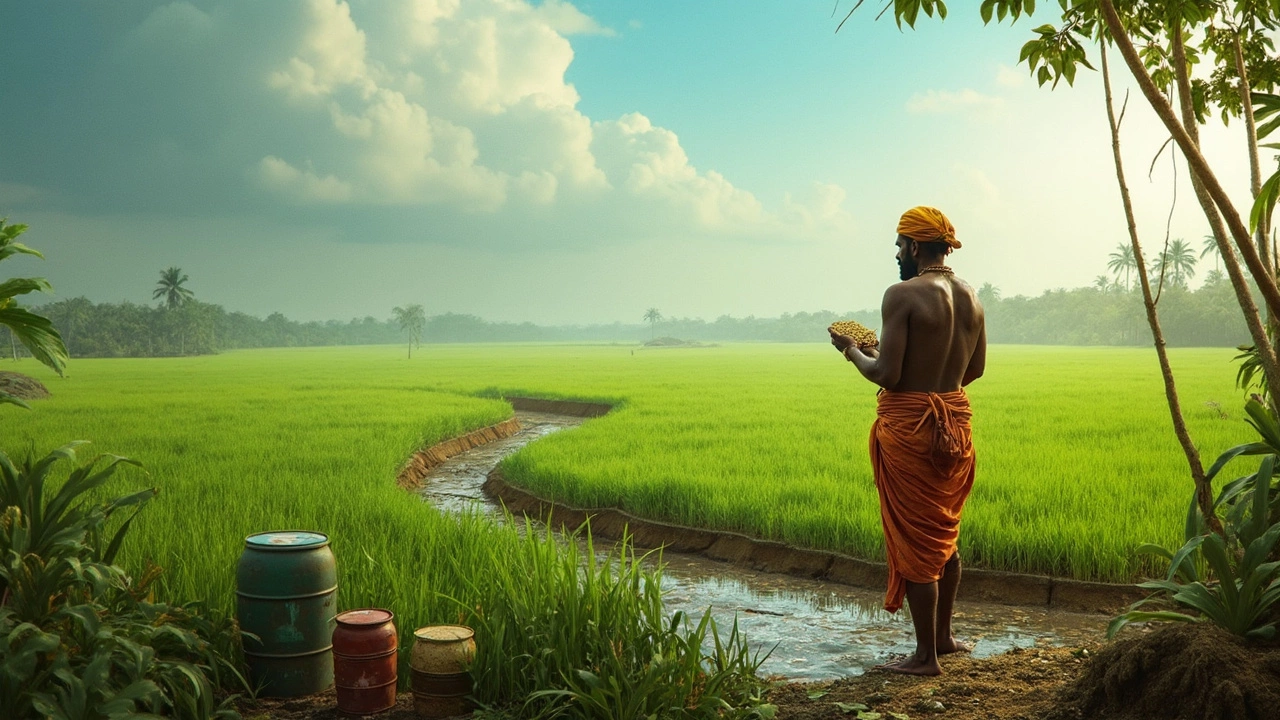Rice is a staple food for billions, but it comes with some hidden problems. From environmental impacts to health concerns, growing and eating rice isn't always as simple as it seems. This article breaks down the main drawbacks of rice and gives you tips to deal with them. You'll learn about water usage, chemical exposure, nutritional gaps, and more. If you grow rice or eat it often, you’ll want to know what’s going on behind the scenes.
Rice Drawbacks: Common Problems in Indian Rice Farming and How to Manage Them
When you think of rice in India, you picture endless fields, monsoon rains, and food for millions. But rice, a staple cereal crop grown across India’s floodplains and terraces. Also known as paddy, it’s the backbone of the country’s food system. Yet, growing rice isn’t as simple as planting seeds and waiting. It comes with serious drawbacks that affect soil, water, and farmer livelihoods—and most people never talk about them.
One of the biggest issues is water use, rice farming consumes up to 3,000 liters of water to produce just one kilogram of grain. In places like Punjab and Uttar Pradesh, groundwater levels are dropping fast because farmers flood fields for months. This isn’t just inefficient—it’s unsustainable. Then there’s soil degradation, continuous rice cultivation strips nutrients and compacts the earth, making it harder for future crops to grow. Farmers end up using more chemical fertilizers just to keep yields up, which creates a cycle of dependency and pollution.
Another hidden cost is labor. Unlike mechanized crops, rice still relies heavily on manual work—transplanting seedlings, weeding, harvesting—all done in scorching heat or knee-deep mud. With younger generations leaving villages, finding workers is getting harder and more expensive. And let’s not forget methane emissions. Flooded rice fields release large amounts of this potent greenhouse gas, making rice farming a climate contributor, not just a solution.
Some farmers are trying alternatives—like System of Rice Intensification (SRI), which cuts water use by 30% and boosts yields. Others are testing direct seeding or rotating rice with pulses to restore soil. But these methods need support, training, and access to tools most smallholders don’t have.
What you’ll find below are real stories and practical guides from Indian farms. We’ve collected posts that break down why rice farming is harder than it looks, what goes wrong in the fields, and how farmers are adapting—without waiting for big policies to change. From water-saving tricks to soil fixes and labor hacks, these aren’t theory pieces. They’re what people are actually doing to make rice farming work again.
